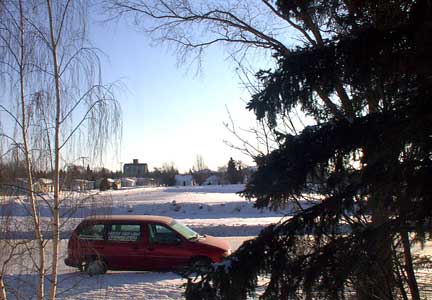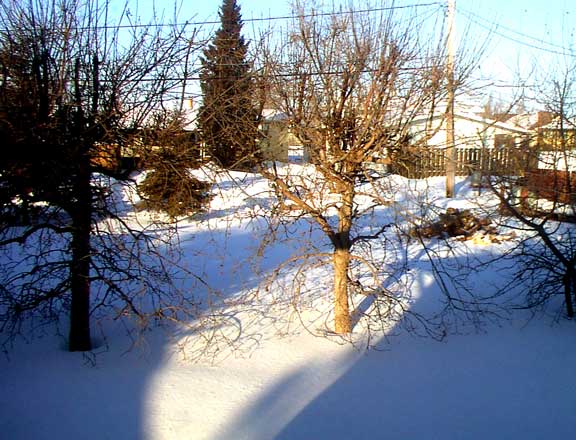|
Upon Considering What is Naught |
|
 |
|
| FTLComm - Tisdale - February 11, 2001 | |
| Each day we have the task of reading the complex messages of reality, the hints and subtitles of what we see, what we think we see and what we assemble and refer to as our knowledge. One of the most surprising aspects of determining what is relies so heavily upon the information that is established by what is not. Shadows are those areas in an image that indicate the presence of some obstacle that is preventing light from reaching the darkened area. From shadows we discern distance the shape of things, the time of the day and the season of the year. Most of the information from shadows is of the | |
 complex
subliminal messages complex
subliminal messagesfrom which our minds process the input and compound decisions and established conclusions are produced in the blink of an eye without conscious pondering, we just "know". At this time of the year the sun is beginning its annual journey North lengthening each day little by little but in mid February each year the temperatures tend to plummet and the water particles are frozen from our atmosphere giving us the harsh chilling high definition light that we all associate with winter. Low angle, high intensity, high contrast light. Oddly enough this kind of light washes out most of the detail in an image and we must rely upon the shadows to fill us in on what is being seen. |
|
| There are many who would tell you about the clarity that comes from having clearly
definable choices, they are enamored with the simplicity of simple good, and cold
uncaring evil. This for the most part is an illusion, politicians and emotional
religious people seek comfort in reducing the complex to uncomplicated polarised
black and white. The process of rounding off numbers works in mathematics provided
the calculation is not one of repeated fractional amounts but in real life simplification
of complex issues to debating points and ideological categories is just sloppy if
not stupidly laziness. You will discover that children reject simplicity in favour of complexity because they realise as they learn that detail forms a pattern that makes reality and true understanding possible. Below is a scene where the colour has been removed from the image and the shadows carry almost all of the information while on the right the same image with the image turned to a negative, the mind has to consider the altered image and the details become even more clarified. |
|
 |
 |
| Shadows, in bright light are the detail that produces awareness and clarity, on a dull cloudy day the details of a scene are much more visible yet the way we interpret the scene will be much different than how we see it in the harsh shadow filled image of glaring light. In both cases we catch a glimpse of what is, in both cases we participate in understanding, just when you read this page some information came through quite differently to you than it will to another depending upon the amount of time and the extent of your visual awareness as you focused on the pictures and thought about the text. | |
 |
|